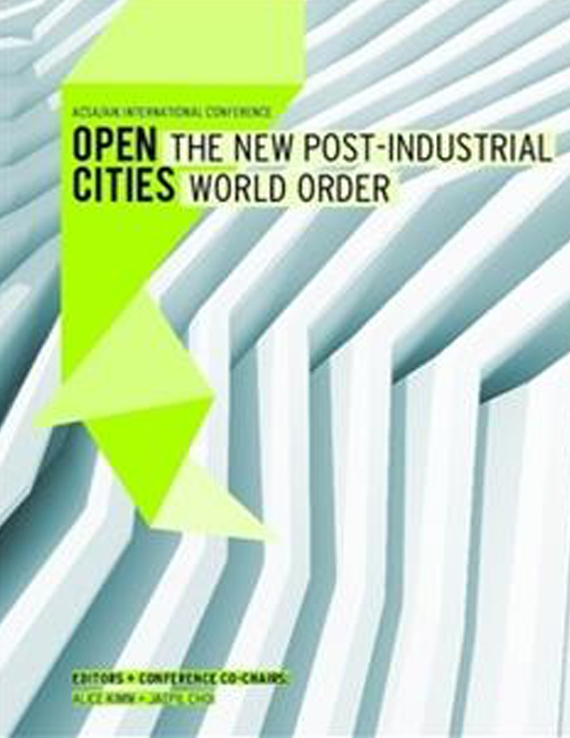Author(s): Asli Cekmis & Isil Hacihasanoglu
The new urbanism is associated with the concepts of uncertainty and complexity.Sassen (2010) uses the term “cityness” which is not a western notion of urbanityand refers to the intersection of differences. Conceiving cities as fuzzy logic systemswill reveal the possibilities of the juxtapositions of different settings, whichcannot be managed by applying the formal logic of planners. Cupers and Miessen(2002) stress that public space and urbanity is connected to “disorder, functionalheterogeneity and diversity”. The urban public sphere can therefore be based ona model of confrontation and instability. Highly structured, programmed, and controlledspaces threaten the city’s public connectivity; its openness and unpredictability.Within the same tradition, the phenomenon of “open city” is built on thevision of ‘coexistence’. Diversity and dissonance breaks the homogeneity of closedsystems. Change is assumed to be the fundamental issue in urban development,which characterises the open city as a flexible system. Sennett (2007) argues theelements of an open city: “passage territories,” “incomplete form” and “developmentnarratives” –which if those three are incorporated is “democratic”.In this study, the idea of open city is explored from an architectural perspective bydesigning a ‘boundary’ for a university campus in Istanbul, Turkey. Istanbul TechnicalUniversity (ITU) campus is located on a 610-acre tract in Maslak (central businessdistrict of the city), adjacent to the city North South highway. The campus issurrounded by high-rise offices, residences, a big shopping mall, a five-star hotel, asports centre and the stock exchange. The present condition of the campus whereit meets the city is formed by a continuous wall of nearly one kilometre long whichseparates the private university property from the narrow pavement –the onlypublic space which also has one busy subway station and bus stop. So, it can beacknowledged that there is a strict, ‘crisp’ border between city and campus. Thisproblem of campus boundary in the context of open city is the subject of one ofthe design workshops of ITU, Faculty of Architecture. Students are expected to designthe campus fringe as an open system; a boundary structure like a “wall,” whichSennett (2007) described as functioning much like a cell membrane; both porousand resistant. This barrier project is conceptualised as a multi-layered hybrid constructionwhere infrastructure, landscape, open public space and a multiplicity ofactivities particular to the built environment and university merge (such as offices,research labs, exhibitions, displays, retail business, media-communication centresand accommodation units along with the areas for sport activities and recreation).This indeterminate-intermediate boundary in fuzzy terms is both outside and insideat the same time; as well as public and private. It is such an open systemwhere people can freely participate; where resources and enterprises are availablefor everyone; and where, since the borders are blurred, the student, worker,consumer, visitor, resident and many other identities come together.1. Cupers and Miessen, “Spaces of Uncertainty,” Sassen, Cityness, ex æquo 22.2. Sennett, “The Open City,” in The Endless City.
Volume Editors
Alice Kimm & Jaepil Choi
ISBN
978-0-935502-91-6

 Study Architecture
Study Architecture  ProPEL
ProPEL 
